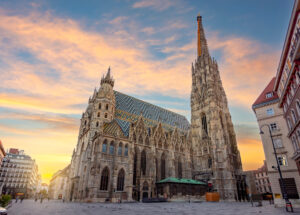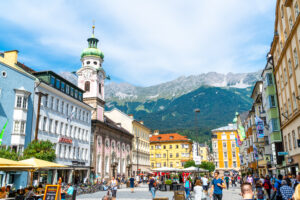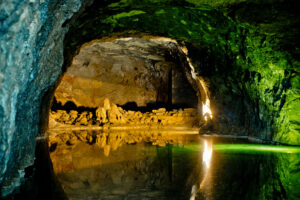Experience Customs & Culture In Austria First Hand
Centuries-old customs and traditions are highly valued throughout Austria and are actively lived and cultivated. People are happy to share this love of customs with those who visit the country and want to learn about the culture. If you plan your trip to Austria at the right time, you can experience traditional festivals like the Sonnwendfeuerbrennen or the Almabtriebe up close. With the Sonnwendfeuer, Austrians celebrate the longest day of the year, which usually falls on a day between June 21 and 24. As night falls, fires are lit on the mountain slopes, some of which are up to ten meters high. The mountain fires in the Zugspitz area are particularly spectacular, with the solstice fires depicting various motifs. This unique spectacle has been declared an intangible world cultural heritage by UNESCO.

A traditional custom in the west of Austria is the Almabtrieb. When the summer draws to a close, the farmers drive their cows, goats, sheep and horses from the alpine pastures down into the valley, where the villagers then hold a communal festival. Traditionally, the cows wear a colourful headdress as a sign of gratitude for an accident-free time on the alpine pastures. However, if the time was not accident-free, the cows are decorated in black or wear no jewellery at all.
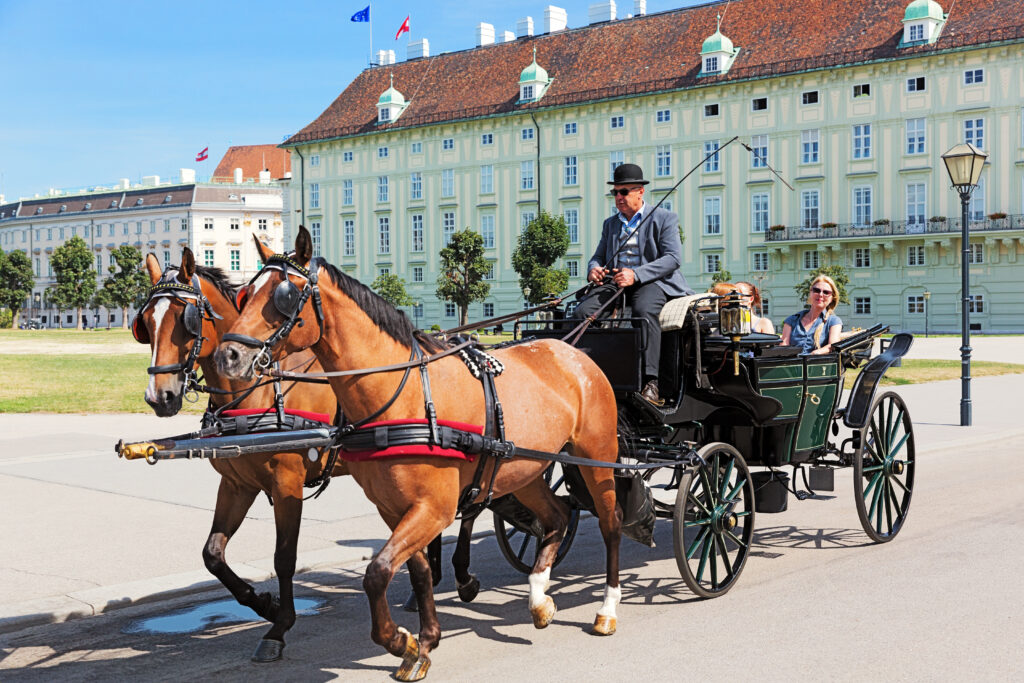

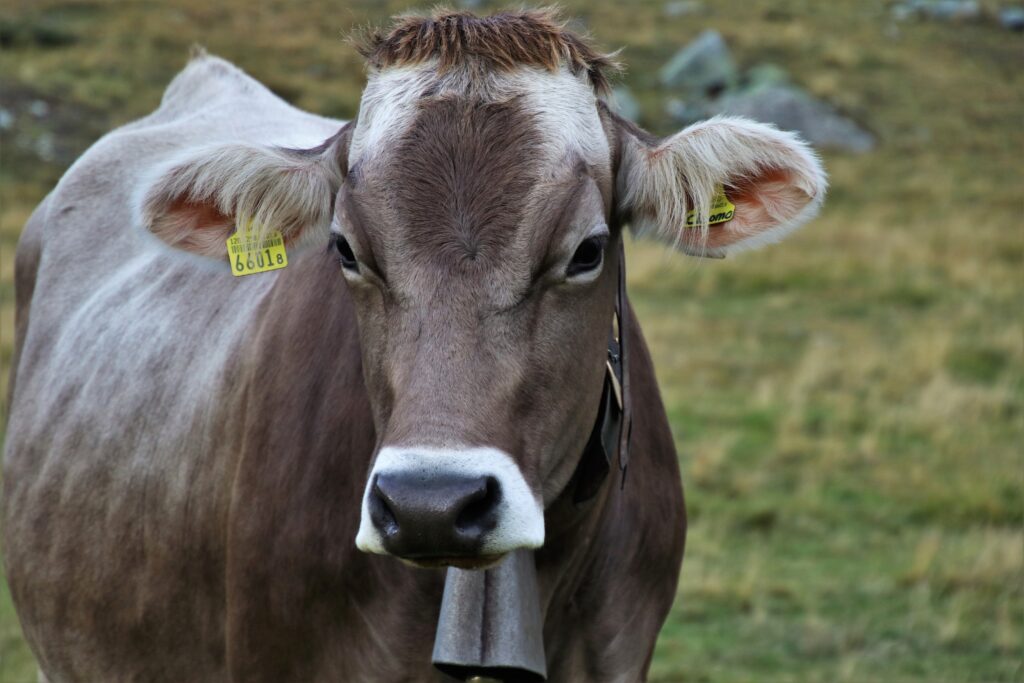
The Country Of Classical Music
Many people associate Austria with music: Operas, Viennese waltzes, famous composers and, last but not least, Viennese classical music. Viennese Classicism is understood as a particular expression of the musical epoch of classical music. Among its main representatives are composers such as Mozart, Haydn, Schubert, Bruckner or Beethoven, who worked in Vienna and created musical masterpieces. The Viennese waltz is a couple dance, which originated at the end of the 18th century from an Austrian round dance. At first, it was danced in Vienna, but in the following years it became world-famous. Austrian folk music, traditionally or modernly interpreted, is an integral part of many festivities celebrated in the country.
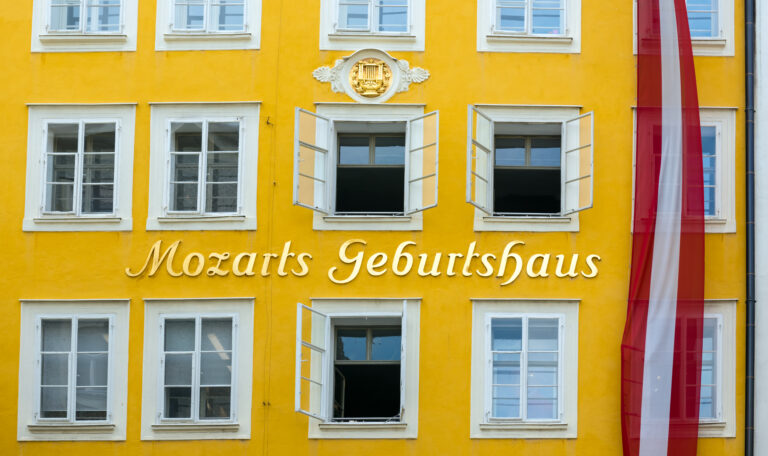
Austrian Cuisine:
Explore Savoury And Sweet Specialities
Austrian specialities, such as the world-famous Wiener Schnitzel, are also appreciated and enjoyed beyond the country’s borders. In addition to savory dishes such as Käsespätzle or Wiener Tafelspitz, Austrian cuisine is especially known for its sweet dishes. The Viennese coffeehouse culture dates back to the earlier days when coffee houses became the favourite spots of intellectuals and artists. They would linger for hours, reading the newspaper or having conversations. While doing so, they drank a cup of coffee or two and ate pastries or dessert. Therefore, Austria has by far the most coffee specialities in the world. One typical Austrian dessert is the Sachertorte: a chocolate cake with a layer of apricot jam and chocolate icing. The cake owes its name to its inventor, the then 16-year-old apprentice Franz Sacher, who out of necessity had to create a very special dessert for Prince von Metternich as a substitute for the sick chef. Other specialities include Kaiserschmarrn, a pastry served as both a sweet main course and dessert, apple strudel, Linzer Torte or Germknödel in vanilla sauce. Take a moment on your trip to Austria and enjoy one of the country’s typical specialities.
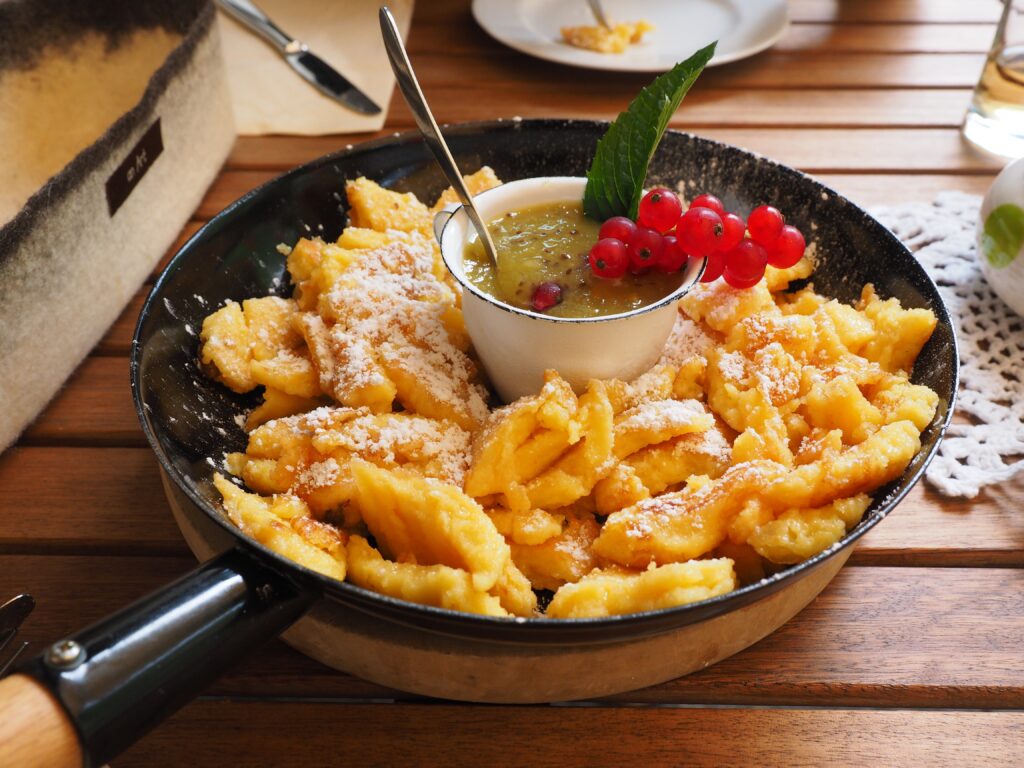

B&T Touristik –
The Competent Tour Operator By Your Side
Be inspired by our tour proposals and trust in our experience in tourism. We will gladly take your wishes into account when creating the tour program and create an individual and unique trip based on your interests.

